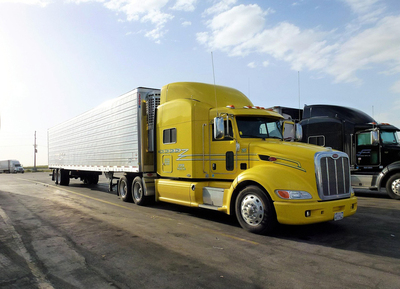Open or Enclosed Trailers: Which Is Better for Auto Transport?
 |
When you’re relocating or buying a car from a distant seller, reliable vehicle transport is essential. Two principal options exist for this purpose: open trailers and enclosed trailers. If you’re wondering which option is better for you, let’s explore the benefits below.
What Are Open Trailers?
Open trailers are the standard open air rigs. They are commonly seen on highways, often sporting two decks to haul multiple vehicles simultaneously. They are affordable and readily available. Hence are widely used for making routine deliveries.
Auto dealerships frequently rely on open trailers for short hauls between locations. They provide fast loading and unloading at competitive rates. Their cost efficiency and ubiquity make them the default for everyday vehicles that do not require extra protection during transit.
What Are Enclosed Trailers?
In contrast, an enclosed trailer is a fully covered container. These are designed to transport vehicles in a sealed environment. Enclosed trailers shield cars from weather, road debris, and reduce theft risk. They are ideal when transit conditions may be unpredictable. They are the preferred option for high-end, vintage, or custom cars that merit extra care. With solid walls, roofs, and lockable access, they provide maximum protection (often including soft or hardside variants), though capacity remains limited and reservations more challenging.
Pros and Cons Breakdown
Both transport methods offer distinct advantages and compromises. Open trailers deliver compelling value through lower cost, widespread availability, and ease of loading and unloading; traits that especially benefit standard vehicle shipments. Their openness accommodates more vehicles per run, reducing per vehicle expenses.
This exposure comes with trade-offs; vehicles are unprotected from weather or airborne debris and subject to limited security. They can potentially contract surface dust, minor chips, or cosmetic wear.
Enclosed trailers offer superior protection against theft and vandalism. They also offer more privacy so luxury vehicles are transported without receiving unnecessary attention. Clients often report better resale value for vehicles shipped under this type of care. However, the benefits come at a cost: enclosed transport typically carries a premium of at least 50%, with fewer carriers available and sometimes requiring a larger towing setup. Low ground clearance vehicles may also encounter fit constraints during loading.
How to Choose the Right Option
The choice between open and enclosed trailers will depend, in large part, on the value of your vehicle. The distance of the transport and environmental factors also play a role. For routine vehicles open trailers offer an economical and practical solution because cost-effectiveness is the primary factor.
However, when you are transporting a treasured collectible or luxury vehicle, the enclosed trailer typically offers better value despite the higher cost. This is because of the protection against potential hazards during longer journeys or in adverse weather. Consider electric vehicles (EVs) as examples. Since slight exposure to extreme elements may impact EV range, protection becomes more significant in harsh conditions.
Similarly, if you are a parent, your choice may depend on prioritizing affordability or enhanced security. Since many moms prefer minivans, open transport may suffice. Ultimately, balance your budget, vehicle type, and transport context. Compare the cost of an enclosed trailer with the level of protection your vehicle requires.
Endnote
There is no universal answer to the open vs. enclosed trailer question. The optimal choice will vary based on your vehicle’s value, transport distance, cost constraints, and desire for protection. Weigh both options carefully to ensure your vehicle arrives safely and retains its value through the journey.


